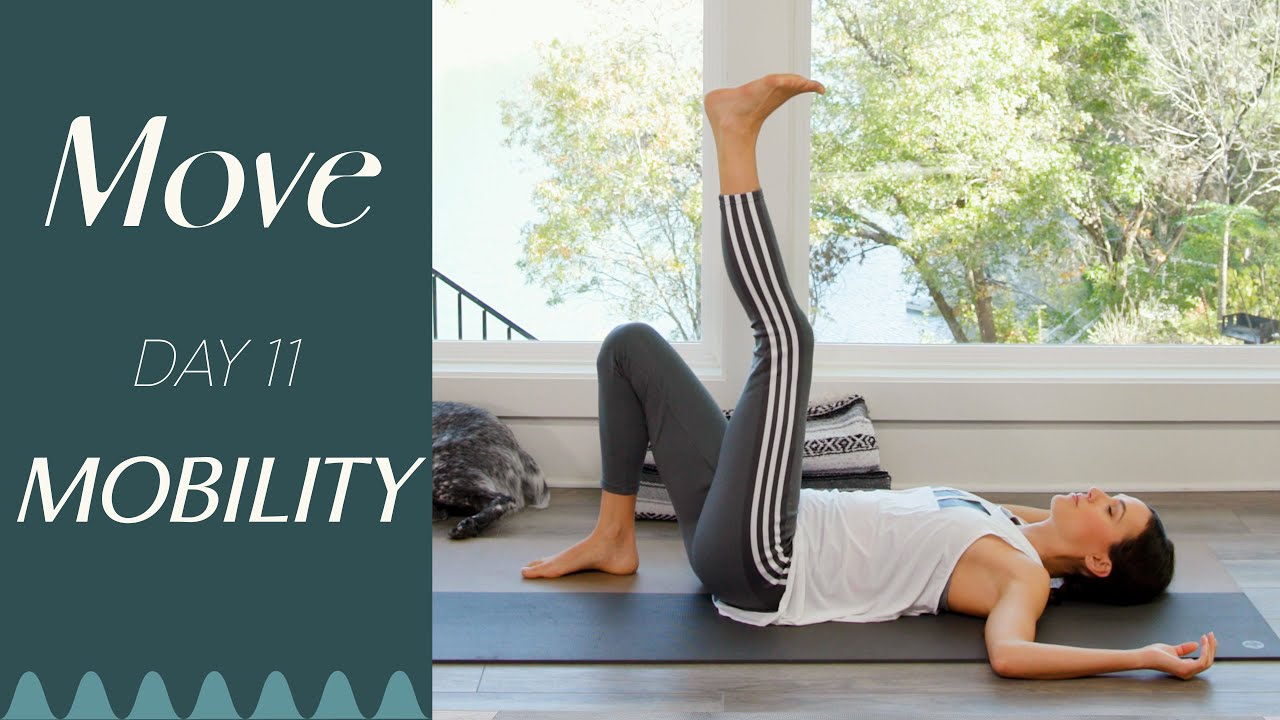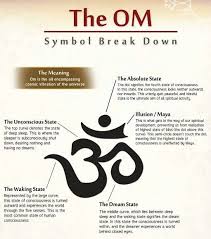
If you're feeling stressed out and want to relieve some of that stress, yoga can help. You can reduce tension and stress in your body by using yoga postures, meditation and other thinking techniques. Stress is a combination mental and bodily issue. While it is not something that can quickly be cured or eliminated from, you can begin yoga to relieve stress.
Sukhasana
Sukhasana is an easy and basic yoga pose that focuses on the breath and helps yogis release stress and negative energy. This pose requires the yogi to bend both knees and place the right foot under the left knee. Once in the position, yogis should breathe in and out deeply to experience a feeling of relaxation.
This yoga position is perfect for anxiety and stress relief. With your palms facing out, and your head towards the ground, first stand straight. Then, bend forward with your left leg. This position should be held for at least 30 seconds. This position is also good for your digestion and balance.
Extended Triangle Pose
Extended Triangle Pose, a great way reduce stress and strengthen your core muscles, is the best. This pose stretches the entire body, including the hamstrings, hips, groins, calves, shoulders, and chest. It can relieve lower back pain. It is therapeutic for many health problems, including low blood pressure, osteoporosis, and heart disease.

To practice this pose, lie on your back. Spread your legs out and extend your arms straight out. Relaxe your face and close your eyes. Deep breaths are a good way to focus your attention on each section of your body. This pose can be held for up to three minutes.
Relaxation aspects of yoga
Yoga has several relaxation aspects that can help relieve stress and anxiety. Yoga is known to help relieve tension in the muscles, which is a common symptom for anxiety and stress. This tightness can cause fatigue and an increase in heart rate. Yoga encourages deep breathing which can help reduce stress and blood pressure.
Yoga poses, in addition to breathing exercises can help relieve stress. The Cow Pose is a great example of a yoga pose that allows one to connect movement and breath, which can help release stress and relax the mind. This pose requires that the practitioner arch their back and look upwards.
Breathing techniques
Breathing exercises provide a simple, but effective way to relieve stress. These breathing exercises can also be practiced anywhere you like, whether you are sitting down, lying on a couch, or on a mat. If you want to be able to perform the exercises correctly, ensure that you have loose clothing on and that your legs are straight and your knees are bent. If you are sitting, you can flatten your feet.
Basic breathing exercises include breathing through your nose, mouth and throat. These exercises can last for several minutes or as long as ten minutes depending upon your preference. Most people take shallow breaths into their chests, which drains their energy and makes them feel anxious. These breathing exercises will help to open your belly and ease tension.

Movements
Yoga is a great way for stress relief and relaxation. It is common to experience stress every day. These postures can be used to stretch the muscles and lower back, as well as relieve tension.
Yoga can reduce stress as it promotes the link between the mind & body. Unchecked stress can lead to health issues such as headaches, digestive problems, inflammation, and other health problems. It has also been shown reduce heart rate and blood pressure.
FAQ
Do I need special equipment to do yoga?
Yoga does not require special equipment. However, some people may prefer specific props such a blanket, straps or blocks.
You can find our Yoga Equipment Guide here if you're looking for these items. We recommend choosing products made of natural materials as opposed to plastic.
What are the benefits of yoga for beginners?
Yoga helps you to have better posture, flexibility, strength, breathing control, relaxation, and mental clarity. You will also be more aware and connected to the world around you, your fellow humans, and yourself.
Yoga is a way to live your best life. You learn to listen. You are able to accept yourself exactly as you are. It is possible to let go tension and stress.
It is possible to relax and enjoy your life.
What length should a yoga class be?
Yoga sessions are generally between 45 minutes and 1 hour. The type and amount of yoga you do will dictate the length of the session. If you want to focus on strength-building exercises, 45-60 minutes would probably be sufficient. You may need to spend an hour if your goal is relaxation or meditation.
The length of your class also depends on which kind of yoga class it is. Some classes emphasize fast, intense movements while others are slow and deep.
What does yoga do for your mental health?
Yoga is an ancient practice that originated in India. It was used as a way for people to relax and relieve stress. Many people today use yoga to manage anxiety, depression, panic attacks and chronic pain.
Yoga can also help with physical symptoms like headaches, backaches and arthritis. Many people who have practiced yoga report feeling calmer and happier.
What length of time do yoga classes last for?
Yoga classes can last from 45 minutes to 90. Some teachers offer shorter or longer sessions at different times throughout the week.
Is yoga helpful for people with chronic diseases?
Yoga may help people with chronic illnesses such as diabetes and heart disease by improving overall fitness, reducing stress, and increasing flexibility.
Yoga can also help with many other conditions such as arthritis, asthma and depression, fibromyalgia (high blood pressure), insomnia, fibromyalgia.
I'm already engaged in some form of physical activity. What are my options for yoga?
Yes! Yoga can increase your training results even if it isn't physically demanding. Yoga can be combined with other activities like running, cycling, lifting weights, and swimming to achieve greater results.
This is because yoga helps focus on correct breathing techniques which can help you burn calories quickly.
It can also increase your endurance. Yoga has many benefits, so it doesn't matter if you're an advanced or beginner yogi.
Statistics
- According to the Agency for Healthcare Research and Quality, falls are incredibly common among older adults in nursing facilities. Even the simplest ones can increase the risk of death (24). (healthline.com)
- In comparison, a 125-pound person is estimated to burn 135 calories in 30 minutes of walking (at a pace of 15-minute miles) and 210 calories bicycling at a moderate pace on a stationary bike. (everydayhealth.com)
- A 2020 review of 27 studies (1,805 total participants) of yoga interventions in children or adolescents found reductions in anxiety or depression in 70 percent of the studies, with more promising results for anxiety. (nccih.nih.gov)
- The American Psychological Association recently shared that 84% of American adults feel the impact of prolonged stress (5). (healthline.com)
- Lock in 25% off your Founding Member rate. (corepoweryoga.com)
External Links
How To
Is yoga a good method to lose weight
To answer that question, we need to first define yoga. Yoga is an ancient form and exercise that originated from India. It was originally developed by Indian Yogis who wanted to achieve spiritual enlightenment as well as physical fitness.
Yoga emphasizes stretching and strengthening the muscles and relaxing the mind and body. The goal is to relax completely and be free from anxiety or stress. You can achieve this by meditation and breathing techniques.
Yoga practice involves various poses (poses) that are designed to strengthen and stretch specific muscles groups. These poses are typically held for several seconds at a time. These poses may include rhythmic movements like slow walking, jumping or moving through the mud.
The goal of yoga is not to burn calories but rather to increase one's overall energy level. As a result, most people who engage in yoga can maintain a healthy weight.
Yoga will help you relax. You'll notice a change in your mood and a better night's sleep.
Your skin will glow and you'll appear younger.
Many people feel a decrease of blood pressure after they start yoga.
Studies have also shown that yoga can reduce depression symptoms.
It's important to note that yoga does not work like other forms of exercise. It increases the oxygen flow in the body. This allows the brain relaxes and releases endorphins, which can trigger feelings of happiness or pleasure.
You should know that not all people are able to lose weight. If you're one of these people, it might be best to avoid yoga until you've reached your ideal weight.